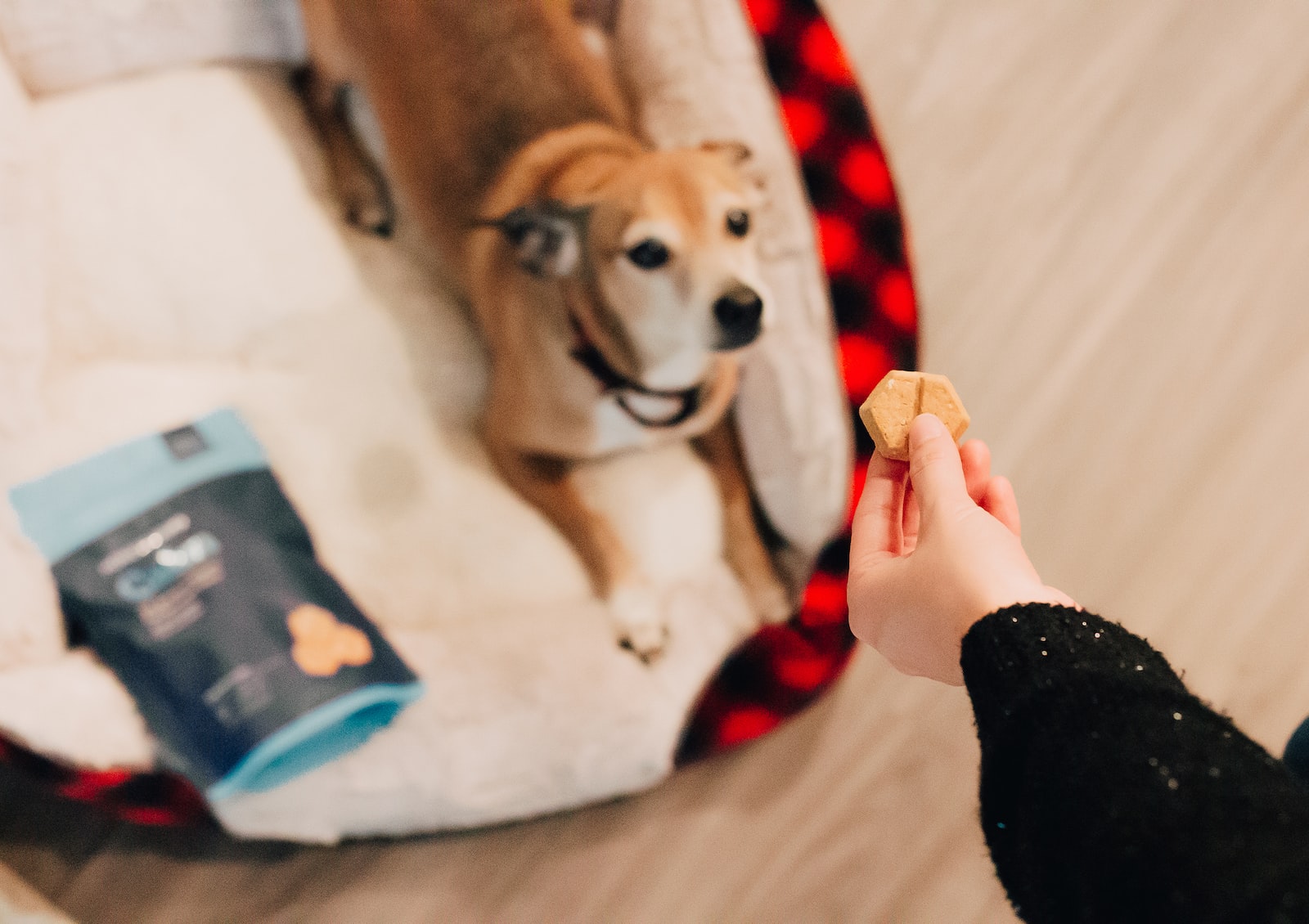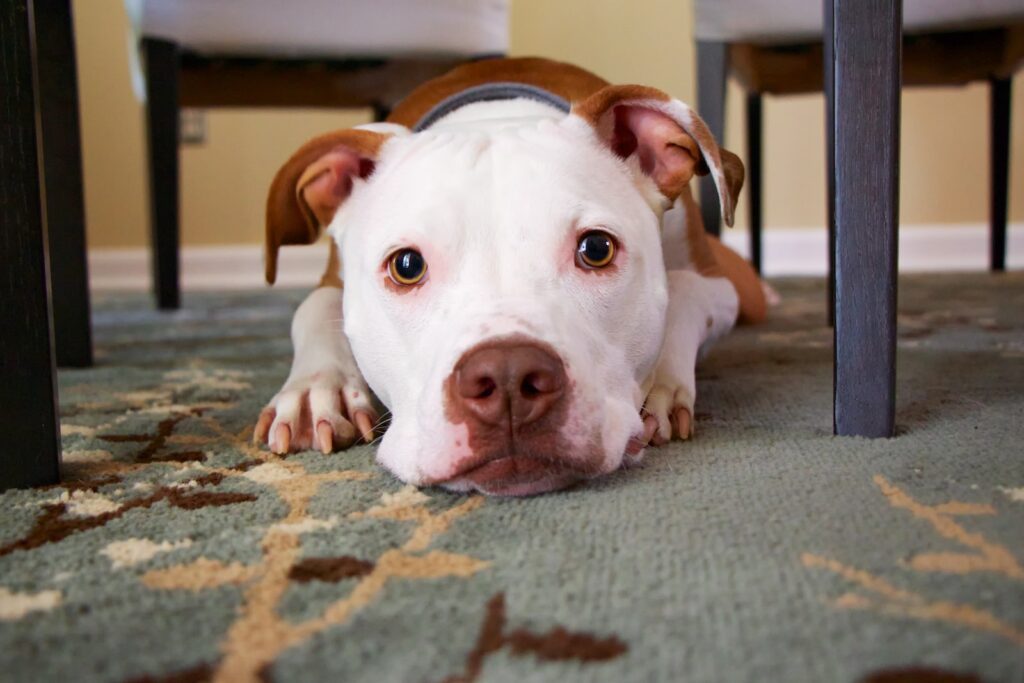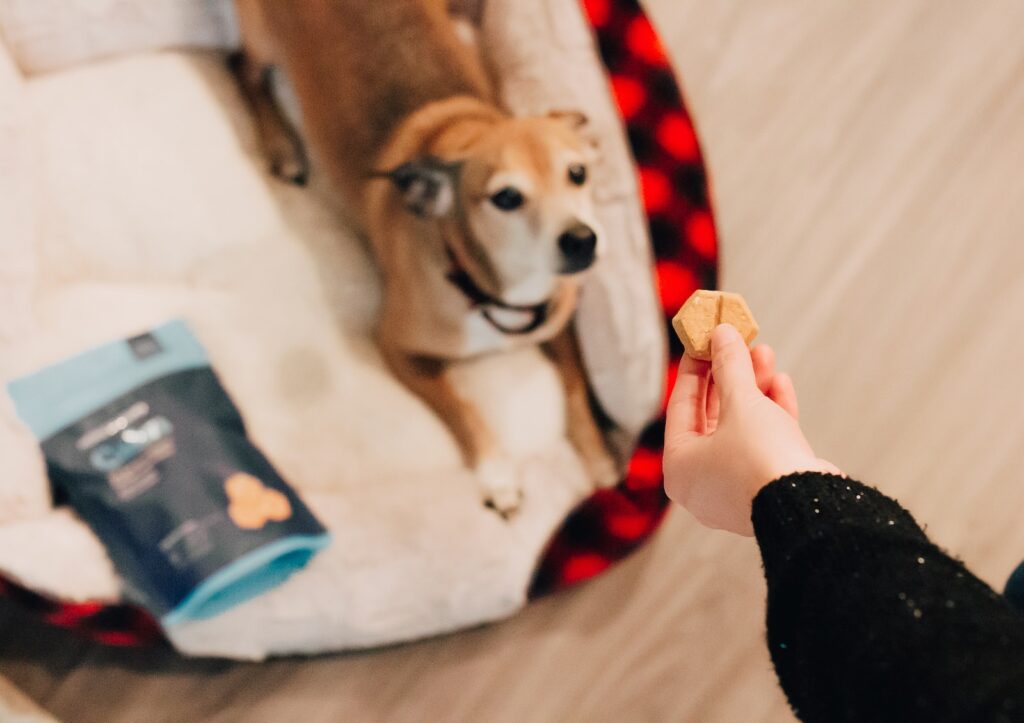Animal Care
Why Is My Dog Afraid of Men? Causes and Solutions to Know.

Why Is My Dog Afraid of Men? Causes and Solutions to Know can be accessed below
Have you ever noticed that some dogs seem to be afraid of men? It’s not uncommon, and as dog owners, it’s important for us to understand the reasons behind this fear. By doing so, we can help our furry friends overcome it and create a better bond between them and the people in their lives. As someone who has had a fearful dog, it can make it hard to take your dog out and feel completely comfortable.
You know, dogs can experience fear and anxiety just like we do, and one common fear they have is being scared of men. This fear can come from various reasons, like past traumatic experiences, not spending enough time with men during their puppy days, or even genetic factors.
No matter the cause, it’s important for us as dog and pet owners to recognize this fear and do our best to help our four-legged friends feel more comfortable. So, let’s dive into the causes of this fear and talk about how we can help our dogs overcome it together!
Why Do Some Dogs Fear Men?
There are many reasons why a dog may be afraid of men, including past traumatic experiences like being a shelter dog, lack of socialization with men, and even genetic factors. Some dog breeds may naturally tend to be more wary of strangers. Additionally, men with deep voices or facial hair may be more likely to trigger fear in dogs.
One potential cause of fear of men in adult dogs, is a lack of exposure or socialization with men during critical developmental stages as puppies. Puppies who do not have positive experiences with men during their early life stages may be more likely to develop a fear or anxiety towards men as they grow older. To help your dog overcome fear of men, it’s important to socialize them with men at an early age. This can be done by introducing your puppy to male friends and family members in a positive and controlled environment. This gives your puppy positive associations with a man’s presence

Understanding Fear and Anxiety in Dogs
Dogs are complex creatures with unique personalities and emotional responses. Many dogs are easily frightened by loud noises, unfamiliar people, or new environments, which can lead to fearful behaviors like barking, cowering, or hiding.
When a dog is scared, their comfort level is compromised, and they may become more reactive or defensive. In such situations, it’s important to remember that even a dog needs time to adjust to new surroundings or situations, and that they may require patience, understanding, and positive reinforcement to overcome their fears.
A dog’s perspective on the world is different from that of humans, and it’s important to consider how a dog perceives their environment when addressing fear or anxiety. For example, a mother’s scent equals safety for many dogs, as it reminds them of their mother and littermates, and can provide a sense of comfort and security. Understanding a dog’s direction and decision-making processes can also be helpful in reducing fear and anxiety. Giving a dog choices and allowing them to make decisions can increase their sense of control and reduce their stress levels.
For some dogs, fear and anxiety are persistent issues that require more specialized training and support. Fearful dogs may benefit from working with a professional trainer or behaviorist who can help address their specific fears and develop a training plan that focuses on positive reinforcement, desensitization, and counter-conditioning.
In some cases, a fearful person may also need to learn how to modify their behavior around dogs in order to help the dog feel more comfortable and secure. Ultimately, understanding a dog’s fears and reactions, as well as their unique perspective on the world, can help create a safer, more comfortable environment for both dogs and their human companions.

Men Wearing Hats and Why That Can be a Trigger
Dogs may fear people wearing hats for a variety of reasons. One possibility is that the hat is an unfamiliar sight that the dog is not used to seeing. Dogs rely heavily on their sense of sight to interpret visual cues, and when they encounter something that they’re not used to seeing, it can make them feel wary or uneasy.
Additionally, hats may obscure some of the wearer’s facial expressions, which can make it harder for the dog to read their emotions and intentions. If a dog has had a negative experience with a person wearing a hat in the past, such as encountering someone who acted aggressively or in a threatening manner, they may develop a fear or aversion to people wearing hats.
How to Ease Your Dog’s Fear
Below are a few helpful tips that you can ease into your dog’s daily life to hopefully help overcome the fear of men that your dog may have.
Understanding and Using Positive Reinforcement
Positive reinforcement is a type of training that focuses on rewarding your dog for desired behaviors. When you use positive reinforcement, you give your dog a reward (usually a treat, but sometimes it can be praise, toys, or other things your dog likes) immediately after they perform a desirable behavior. The goal is to encourage your dog to repeat that behavior in the future.
In the context of fear and anxiety, positive reinforcement can be a powerful tool for helping your dog overcome their fears.
It’s important to note that positive reinforcement should be used in conjunction with other methods for addressing fear and anxiety in dogs. For example, if your dog has severe anxiety issues, they may benefit from working with a professional dog trainer or behaviorist who can help you develop a comprehensive training plan that includes positive reinforcement as well as other techniques to treat them, such as desensitization and counter-conditioning.
Using Gradual Exposure to Help Overcome the Fear of Men
The goal of gradual exposure is to help your dog build confidence and gradually overcome their fear of men. This process involves starting with a man who is at a distance and gradually moving closer as your dog becomes more comfortable.
To start, you may want to use a third person, friend or family member who your dog is already somewhat familiar with. This will help to minimize the risk of your dog feeling overwhelmed or scared during the exposure process. You should also choose a location that is quiet, calm, and free from distractions, such as a quiet park or backyard.
Begin the exposure process with having male helpers stand at a distance that your dog is comfortable with. This may be several feet away or even across the street. As your dog becomes more relaxed and confident, gradually move the man closer in small increments. This may involve taking one step closer every few minutes or waiting until your dog is calm and relaxed before moving closer.
It’s important to pay attention to your dog’s body language and behavior during the exposure process. If your dog shows signs of fear or anxiety, such as trembling, cowering, or growling, you may need to back up a step or take a break before continuing. It’s also important to reward your dog for calm, relaxed behavior during the exposure process, such as sitting or staying still.
Repeat this process several times over a period of days or weeks, gradually moving closer to the man each time until your dog can tolerate being in close proximity to a man without showing signs of fear. Once your dog has successfully completed the exposure process, it’s important to continue to reinforce positive behaviors and provide plenty of praise and rewards.
Tasty Treats for Your Friend
When it comes to training dogs, tasty treats can be a powerful motivator for positive behavior. Using treats 1-2 times per training session can be effective in encouraging dogs to learn new behaviors or overcome fears that may be outside of their comfort zone. This can be especially helpful in addressing fear-based aggression, which is a common behavior that some dogs may display when they feel threatened.
When interacting with dogs, it’s important to remember that they pick up on subtle cues and signals. For example, if a man walks confidently towards a dog, the dog may perceive this as a threat and react accordingly. To avoid triggering a dog’s fear, or aggression, it can be helpful to gently toss treats or toys to the dog from a safe distance, rather than approaching them directly.
Gender lines can also play a role in a dog’s behavior and response to humans. For example, some dogs may be more fearful or aggressive towards men, as they may perceive them as generally bigger and more intimidating. In such cases, it’s important to respect the dog’s boundaries and give them space when necessary to help them feel safe and secure.

Hire a Dog Trainer
Training and obedience can also play a crucial role in helping dogs overcome fear of men. Consider enrolling your dog in obedience training classes with a reputable dog trainer. This will help to build your dog’s confidence and teach them to follow commands in stressful situations.
Patience and Understanding
It’s important to approach your dog’s fear of men with patience and understanding. Dogs can sense when their owners are anxious or stressed and fear men, which can make their dogs anxious fear of men worse. When introducing your dog to men, do so in a calm and positive manner, and give your dog plenty of time to adjust at their own pace. Make sure you are comfortable with the man that is approaching as well. Dogs can feed off your own fear so be patient with yourself as well.
Conclusion
Fear of men in dogs is a common issue that can be caused by a variety of social and physical factors too. Whether due to past traumatic experiences or lack of socialization, it’s important for dog owners to understand this fear and work to address it. Your dog’s comfort level is an important factor to how your dog reacts. By socializing your dog, using positive reinforcement, and enrolling them in training and obedience classes, you can help your furry friend overcome their fear of men and live a happy, healthy life.















